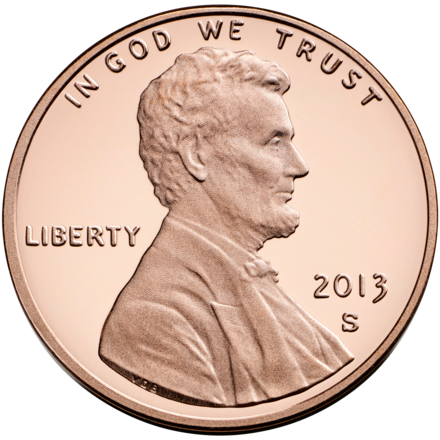By: CA Staff Writer | Feb 18, 2025
Clarksdale, Mississippi – For over 200 years, the humble penny has been a cornerstone of U.S. currency. Yet, with the rising cost of production and declining utility, there has been growing discussion about phasing it out. If the penny is officially retired, the impact will ripple across the economy, change how consumers save, and alter the way businesses price goods and services. Here’s a closer look at what the end of the penny could mean.
Economic Impacts
The U.S. Mint currently spends about 2.1 cents to produce a single penny—more than double its face value. In 2022 alone, the government spent an estimated $150 million producing pennies. Phasing out the coin would reduce this wasteful spending, freeing up funds for more productive uses.
However, opponents argue that eliminating the penny could lead to inflationary pressures. Many worry that prices may be rounded up to the nearest nickel, potentially costing consumers more over time. Economists have debated this, with studies showing that businesses are just as likely to round down as they are to round up. Countries like Canada and New Zealand, which have already eliminated their lowest-denomination coins, have seen minimal overall impact on inflation.
Changes to Your Piggy Bank
For many Americans, pennies have long been the currency of childhood piggy banks and spare change jars. If the penny disappears, people may need to adjust their habits when it comes to saving and cashing in loose change. Banks and coin-counting services would also likely phase out penny acceptance, simplifying their processes.
Additionally, cash-based transactions may become more streamlined without the need to count out pennies. For consumers who rely on cash, the rounding of transactions to the nearest nickel could lead to minor changes in their spending habits.
The Future of Pricing
The end of the penny could signal a significant change in the way America prices goods. Historically, prices ending in .99 or .95 have been a marketing strategy to make items appear cheaper. Without pennies, retailers may adopt whole-number pricing or round prices to the nearest nickel, which could make pricing simpler and more transparent.
Some businesses may choose to stick to traditional pricing strategies, rounding totals only when customers pay in cash. Digital and card payments will likely remain unaffected, as electronic systems can still process amounts to the exact cent.
Cultural and Sentimental Impacts
Beyond economics, the penny holds sentimental value for many Americans. Abraham Lincoln’s profile has graced the coin since 1909, making it a symbol of historical and cultural pride. Retiring the penny would mark the end of an era, sparking nostalgia and perhaps a surge in collectible coin markets.
While the end of the penny would bring some changes to the economy and consumer habits, it also offers an opportunity to modernize the nation’s currency system. By reducing unnecessary production costs and simplifying transactions, the U.S. could take a step forward. Whether sentimental or skeptical about the idea, Americans will need to prepare for a potential penny-free future.



